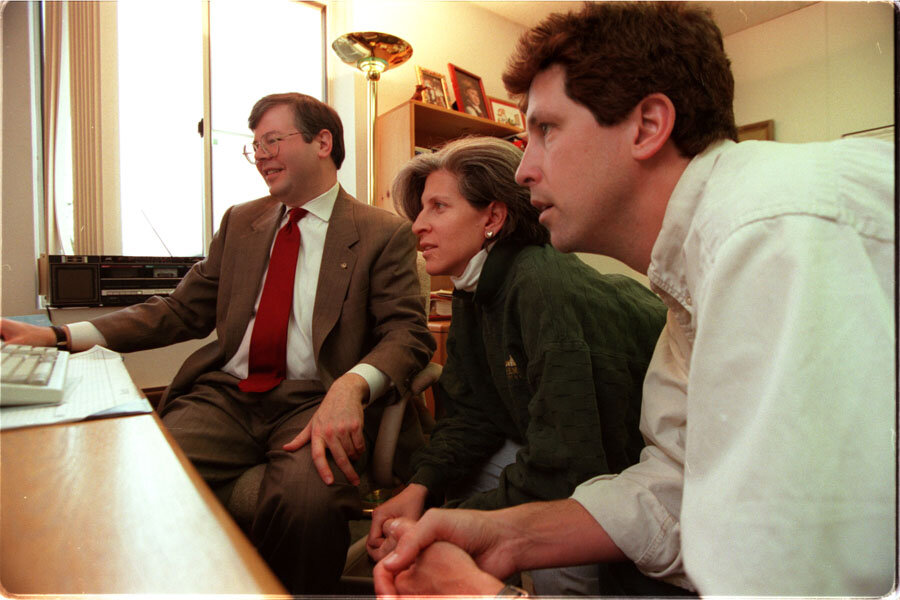Seven steps to achieving your 2015 financial goals
Loading...
We’re now more than 100 days into 2015 and many people have already turned their New Year’s resolutions into a reality. Others, however, are falling behind on their financial goals.
Perhaps you intended to save more, spend less or learn more about investing in general, but you’re not seeing much progress. If so, it’s a good time to hit the reset button and reassess your goals. Here are a few pro tips on how to achieve your financial resolutions for 2015.
Step 1: Set clear and measurable goals
Financial resolutions often fail because people may have the best of intentions but lack a specific plan. You may want to spend less, save more, organize your records and so forth, but how will you establish your goals to make them a reality? There are plenty of apps, books, websites and other sources of information that can help—and many of them are free. After you’ve done the research, you’ll want your goals to be specific and measurable. Be clear when devising a new budget or establishing savings goals. And don’t forget to set a deadline for tracking and reaching your objectives.
Step 2: Make sure your goals are realistic
Start with basic, attainable goals and grow from there. It may be impossible for you to save enough money to buy that BMW Z4 Roadster you’ve been coveting in just one year. But perhaps saving 5% of your net income each pay period is within your reach. If that goal seems easy, bump it up to 7% and see if you can reach it.
Step 3: Reassess your financial habits
Maybe you’ve tried to set a budget in the past but it didn’t work out. Well, how can you expect any return on investment if your methods never change? Take a hard look at your financial habits and set a course of action for the habits you want to change.
Maybe you can brew coffee at home each morning instead of grabbing a Caramel Macchiato at your neighborhood Starbucks. Or perhaps it’s a good idea to “pay yourself first” and deposit $150 from your weekly paycheck into a savings account before you pay your bills.
Take stock of your financial habits on a weekly basis and make adjustments as necessary. To get started with a budget, download some of the many free apps that can help you organize your financial records and monitor your spending habits.
Step 4: Break your bad habits
Poor money habits, such as impulse spending with a handy credit card, a lack of organization with your financial records or a tendency to pay your bills late, can really take a toll. There is hope, however: Scientists say it only takes 21 days to change a bad habit. Create a step-by-step plan for breaking your bad financial habits. Use cash or set up automatic savings to keep money from slipping away on potentially unnecessary purchases. Set up autopay with your bank to eliminate late payments to utility companies and creditors.
Step 5: Involve all family members in goal-setting
If your financial goals affect your family (and they probably will), make sure every family member, including adults and children, has a chance to participate in goal-setting.
Studies have found that many young adults don’t have a clue about how to begin planning for their financial future because that was never emphasized at home. Launch a successful financial family legacy by involving everyone in the budget process. Once a budget is set, inform all family members of the spending and saving plans.
For new couples, the same rules apply. Both partners should communicate regularly about their budget and any actions that could influence it.
No member of a family should engage in secret spending, overspending or any financial action that hasn’t been approved by the other team member or members. Make sure everyone is on the same page.
Step 6: Expect the unexpected
How can you best plan for the unexpected? With the money you will earn from improved savings habits this year, set up a cash emergency fund to cover unanticipated bills or lost sources of revenue. Experts suggest keeping about three to six months’ salary on hand in case of emergencies. Keep your emergency fund in a separate account where you won’t be tempted to spend it.
Step 7: Stop procrastinating
Set up quarterly milestones you’ll want to achieve and work harder on your financial plans if you don’t meet one of them. Don’t forget to reward yourself if you meet or exceed a financial milestone, and watch your confidence grow.
Best of luck with the progress to be made in the remainder of 2015!







